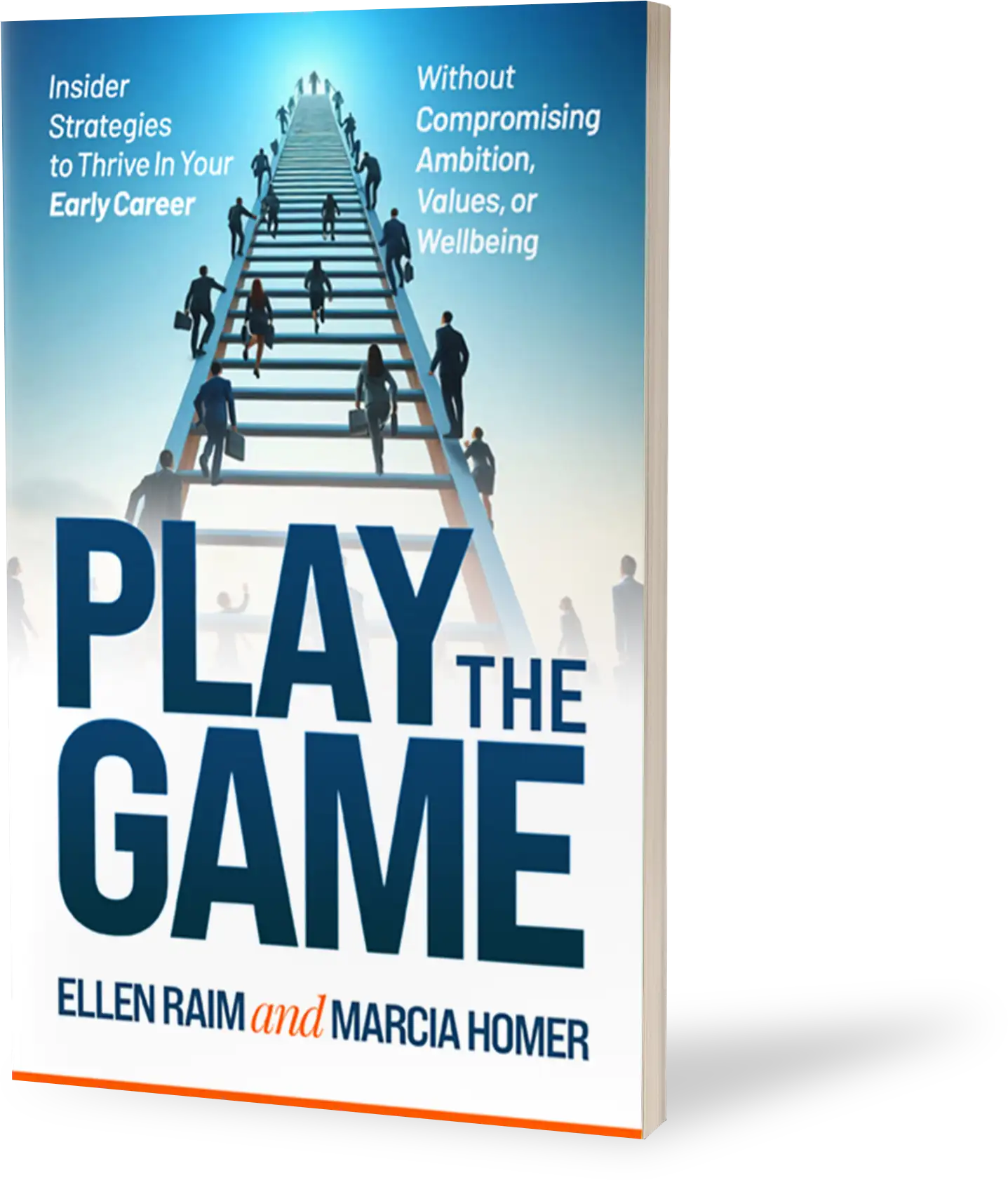I few weeks ago I read an op ed by a woman who asked whether she would feel better if her weekend was productive or enjoyable. That got me thinking about those two “states of being” in the office.
In today’s complex workplace, now pressured by AI and economic uncertainty, this question plays out every day. On one side, leadership, the board, and shareholders are focused on efficiency and output. On the other, employees and HR call attention to our need for enjoyment and satisfaction at work.
The Productivity Pressure Cooker
Executives and owners are focused on productivity, and rightly so. Productivity has a direct, impact on profitability and growth. Sadly, a focus on output alone will not lead to sustainable productivity increases. Recent data paints a stark picture. A Gartner survey reveals that 60% of HR leaders think employees lack the skills needed to adapt to the changing work world, so just driving them harder is not the solution.
The Burnout Epidemic
Unsurprisingly, as companies push for greater output, employee exhaustion is reaching critical levels. Microsoft’s 2023 Work Trend Index found that 48% of employees and 53% of managers are experiencing burnout. A newer Mercer study put the percentage as high as 82% It’s hard to fathom that employees who are burning out could be satisfied with their jobs. It’s no surprise that there is productivity anxiety among leaders and employees alike.
The Research: Are Satisfaction and Productivity Connected?
So, do we work on employee productivity first or build workplaces that make people calm and happy so they can be more innovative, collaborative and focused? The solution lies not in choosing between productivity and satisfaction, but in harmonizing them.
The data overwhelmingly supports the idea that satisfaction and productivity are interconnected. Studies show that happier employees are more productive, engaged, and loyal. For example, a 2019 University of Oxford study revealed that happy workers are 13% more productive than their unhappy peers. This productivity boost results because higher engagement and creativity prompt a willingness to go the extra mile.
But here’s where the nuance comes in: satisfaction alone doesn’t guarantee productivity. A workforce can be content but complacent. The key lies in fostering emotional and rational commitment to work.
Employees that feel valued, inspired, and part of something bigger are emotionally committed to the job.
Employees that see the practical benefits of their work—clear goals, fair rewards, and opportunities to grow are rationally connected. This type of connection drives motivation and an intent to work harder. To get both of these, you need to build a place where employees are able to do their jobs in the best way possible and make work a place where people feel proud of what they do and connected to their peers and leaders. Without both, companies risk creating workplaces where employees are either disengaged or overburdened.
A New Leadership Paradigm
Several companies are pioneering this dual focused approach. Here are some examples:
- Bell Canada built a comprehensive mental health program called The Mind Set, that is improving both employee engagement and productivity
- Microsoft uses its Viva insights which provides AI-assisted workflow optimization and coupled that with robust wellness programs
The Bell Canada Program
Bell Canada implemented a host of mental health initiatives. Their program has had significant positive impacts on the company. For instance, it led to a 20% reduction in employee absenteeism related to stress. The program also increased overall job satisfaction by 15%.
The initiatives included:
- Bell Let’s Talk: A national campaign to reduce stigma and promote mental health awareness.
- Enhanced access to mental health treatment for employees.
- Ongoing employee communication and education about mental health.
- Mandatory mental health leadership training for managers, developed in partnership with Queen’s University and Morneau Shepell.
- Adoption of the National Standard on Psychological Health and Safety in the workplace.
These efforts have resulted in other positive outcomes in engagement and productivity for Bell Canada, including:
- Higher claims for mental health practitioners, indicating more employees seeking help.
- Lower mental health-related disability claims.
- A 50% reduction in relapse and reoccurrence of mental health issues.
- A $4.10 return on investment for every dollar spent on mental health programs.
Microsoft: AI-Assisted Workflow and Holistic Wellness
Microsoft’s approach to creating productivity and engagement combines technological optimization with comprehensive employee support:
Microsoft Viva Insights uses AI to:
- Analyze work patterns
- Identify potential burnout risks
- Suggest workflow efficiencies
- Recommend collaboration improvements
After implementing OKRs with Viva Goals, Microsoft’s reported:
- A 25% increase in employees who felt they were doing meaningful work4.
- A 34% increase in employees who said they have time for learning
- A 75% reduction in manual tasks around goal-setting and management
Conclusion: A Balanced Approach
The most successful companies will be those that recognize a fundamental truth: Productivity isn’t about squeezing more output from employees—it’s about creating environments where humans and technology can thrive together.
